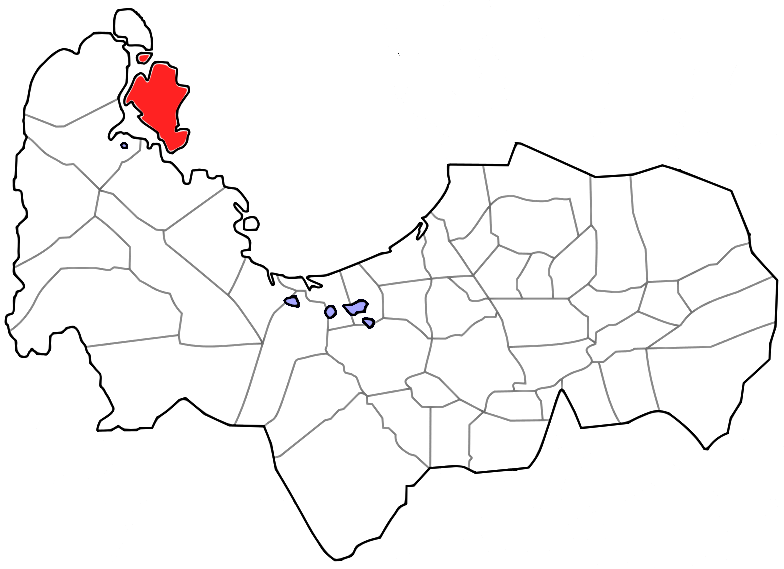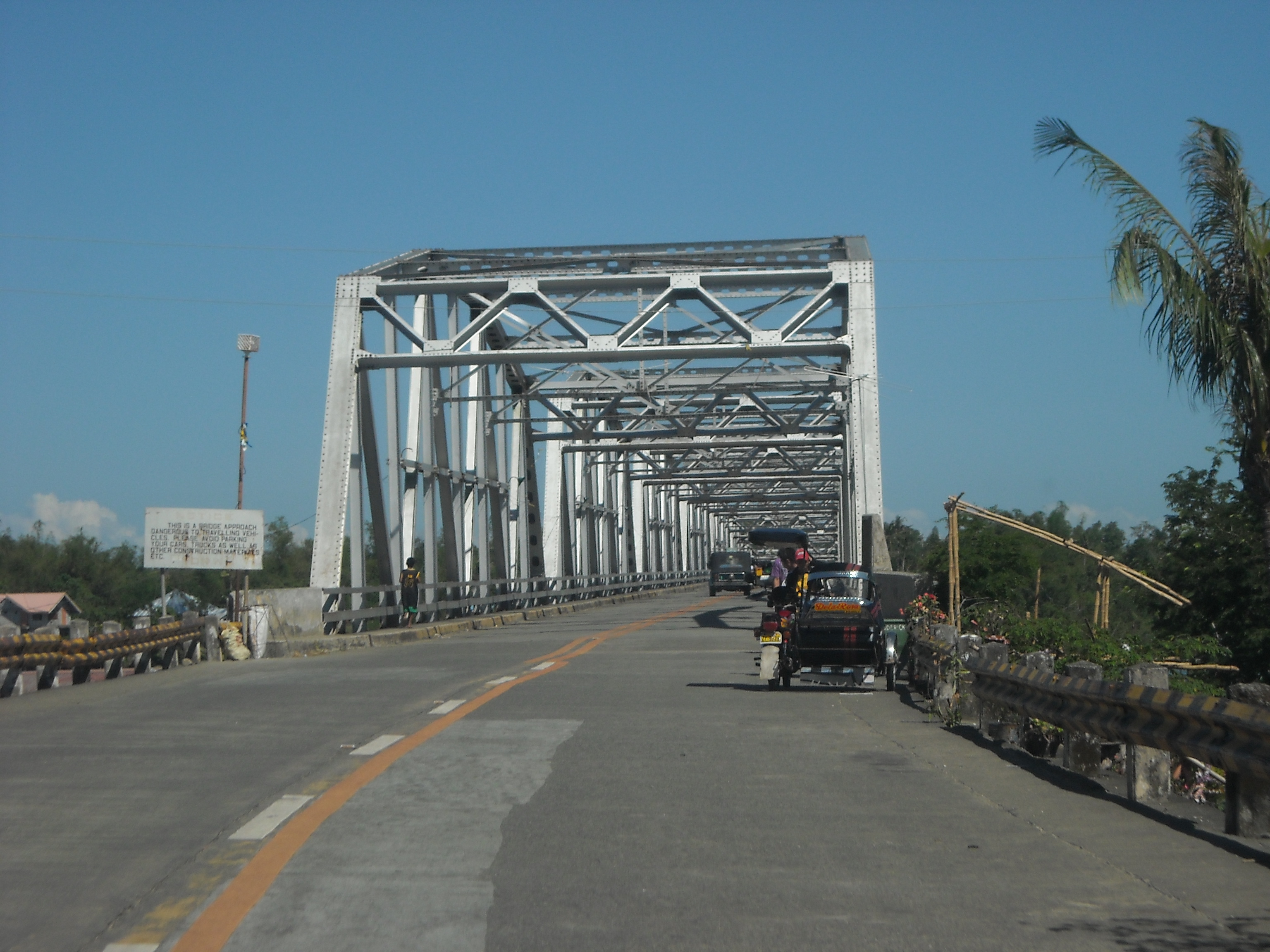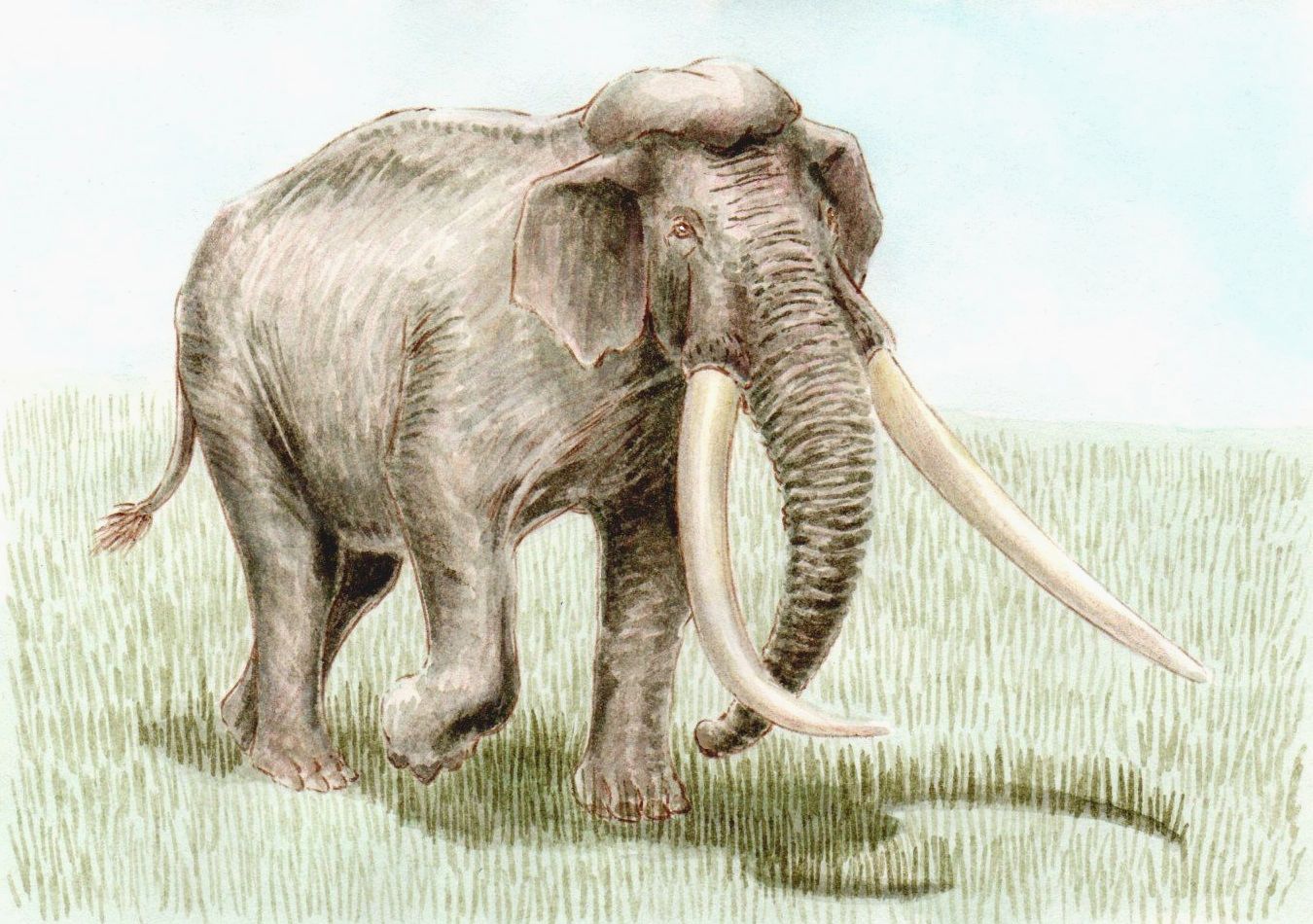|
Elephas Beyeri
''Elephas beyeri'' is an extinct species of dwarf elephant belonging to the Elephantidae family of the Middle Pleistocene. It was named after the anthropologist H. Otley Beyer. The type specimen was discovered on Cabarruyan Island in The Philippines but has since been lost. Overview ''Elephas beyeri'' was a dwarf elephant with a probable estimated stature of 1.2 m in shoulder height. During its naming, von Koenigswald proposed that these dwarfed elephants were descendants of the ''Elephas namadicus'' (Palaeoloxodon) lineage. It was thought by von Koenigswald that these animals crossed from the mainland Asia to the Philippines via land bridge connecting with Taiwan. This, however, is still debated but a research in 2021 showed an evidence of the possibility. Aside from the missing initial specimen, another confirmed discovery were unearthed in 2001 in the same locality. Further possible fossils were found in the Visayas and at a number of sites in Luzon Luzon (; ) is the ... [...More Info...] [...Related Items...] OR: [Wikipedia] [Google] [Baidu] |
Pleistocene
The Pleistocene ( , often referred to as the ''Ice age'') is the geological Epoch (geology), epoch that lasted from about 2,580,000 to 11,700 years ago, spanning the Earth's most recent period of repeated glaciations. Before a change was finally confirmed in 2009 by the International Union of Geological Sciences, the cutoff of the Pleistocene and the preceding Pliocene was regarded as being 1.806 million years Before Present (BP). Publications from earlier years may use either definition of the period. The end of the Pleistocene corresponds with the end of the last glacial period and also with the end of the Paleolithic age used in archaeology. The name is a combination of Ancient Greek grc, label=none, πλεῖστος, pleīstos, most and grc, label=none, καινός, kainós (latinized as ), 'new'. At the end of the preceding Pliocene, the previously isolated North and South American continents were joined by the Isthmus of Panama, causing Great American Interchang ... [...More Info...] [...Related Items...] OR: [Wikipedia] [Google] [Baidu] |
Elephantidae
Elephantidae is a family (biology), family of large, herbivorous proboscidean mammals collectively called elephants and mammoths. These are terrestrial animal, terrestrial large mammals with a snout modified into a Elephant#Trunk, trunk and teeth modified into tusks. Most Genus, genera and species in the family are extinction, extinct. Only two genera, ''Loxodonta'' (African elephants) and ''Elephas'' (Asiatic elephants), are Extant taxon, living. The family was first described by John Edward Gray in 1821, and later assigned to taxonomic ranks within the order Proboscidea. Elephantidae has been revised by various authors to include or exclude other extinct proboscidean genera. Classification Scientific classification of Elephantidae taxa embraces an extensive record of fossil specimens, over millions of years, some of which existed until the end of the last ice age. Some species were extirpated more recently. The discovery of new specimens and proposed cladistics have result ... [...More Info...] [...Related Items...] OR: [Wikipedia] [Google] [Baidu] |
Cabarruyan Island
Anda, officially the Municipality of Anda ( pag, Baley na Anda; ilo, Ili ti Anda; tgl, Bayan ng Anda), is a 3rd class municipality in the province of Pangasinan, Philippines. According to the 2020 census, it has a population of 41,548 people. The municipality consists primarily of Cabarruyan Island (also known as Anda Island), as well as minor surrounding islets. Because of Anda's proximity near the Hundred Islands, a popular tourist destination for its caves and beaches, it is the so-called "Mother of the Hundred Islands." Anda is from Lingayen and from Manila. History On the north-west portion of Lingayen Gulf lies a group of islands which comprise the territory of Anda. Before the middle of the nineteenth century, the islands which comprise the municipality were uninhabited. Only occasionally did seafarers and fishermen use the coast as havens. Andres de la Cruz Cacho, fondly called in Bolinao as Andales Kulayo, discovered a vast tract of land suitable for grazing and ... [...More Info...] [...Related Items...] OR: [Wikipedia] [Google] [Baidu] |
Pangasinan Locator Map-Anda
Pangasinan, officially the Province of Pangasinan ( pag, Luyag/Probinsia na Pangasinan, ; ilo, Probinsia ti Pangasinan; tl, Lalawigan ng Pangasinan), is a coastal province in the Philippines located in the Ilocos Region of Luzon. Its capital is Lingayen. Pangasinan is in the western area of Luzon along the Lingayen Gulf and the South China Sea. It has a total land area of . According to the 2020 census it has a population of 3,163,190. The official number of registered voters in Pangasinan is 1,651,814. The western portion of the province is part of the homeland of the Sambal people, while the central and eastern portions are the homeland of the Pangasinan people. Due to ethnic migration, the Ilocano people settled in the province. Pangasinan is the name of the province, the people and the spoken language. Indigenous Pangasinan speakers are estimated to number at least 2 million. The Pangasinan language, which is official in the province, is one of the officially recognized ... [...More Info...] [...Related Items...] OR: [Wikipedia] [Google] [Baidu] |
Elephas Namadicus
''Palaeoloxodon namadicus'' or the Asian straight-tusked elephant, is an extinct species of prehistoric elephant known from the early Middle to Late Pleistocene of the Indian subcontinent, and possibly also elsewhere in Asia. Some authorities regard it to be a subspecies of ''Palaeoloxodon antiquus'', the European straight-tusked elephant, due to extreme similarities of the tusks. Their skull structure was also different from that of a modern elephant. The grouping of this genus is supported by cranial synapomorphies with other species of ''Palaeoloxodon,'' which includes a large crest at the top of the skull that anchored the splenius muscles used to support the head. Later research suggested that ''P. namadicus'' can be distinguished from ''P. antiquus'' by its less robust limb bones and more stout cranium. Based on the stable isotope ratioes of carbon and oxygen and the morphology of their teeth, it is suggested that ''P. namadicus'' tended towards a grazing diet, as opposed ... [...More Info...] [...Related Items...] OR: [Wikipedia] [Google] [Baidu] |
Visayas
The Visayas ( ), or the Visayan Islands (Bisayan languages, Visayan: ''Kabisay-an'', ; tl, Kabisayaan ), are one of the three Island groups of the Philippines, principal geographical divisions of the Philippines, along with Luzon and Mindanao. Located in the central part of the archipelago, it consists of several islands, primarily surrounding the Visayan Sea, although the Visayas are also considered the northeast extremity of the entire Sulu Sea. Its inhabitants are predominantly the Visayan peoples. The major islands of the Visayas are Panay, Negros (Philippines), Negros, Cebu Island, Cebu, Bohol Island, Bohol, Leyte and Samar. The region may also include the provinces of Palawan, Romblon, and Masbate whose populations identify as Visayan and whose languages are more closely related to other Visayan languages than to the major languages of Luzon. There are three administrative Regions of the Philippines, regions in the Visayas: Western Visayas (pop. 7.9 million), Central V ... [...More Info...] [...Related Items...] OR: [Wikipedia] [Google] [Baidu] |
Luzon
Luzon (; ) is the largest and most populous island in the Philippines. Located in the northern portion of the Philippines archipelago, it is the economic and political center of the nation, being home to the country's capital city, Manila, as well as Quezon City, the country's most populous city. With a population of 64 million , it contains 52.5% of the country's total population and is the fourth most populous island in the world. It is the 15th largest island in the world by land area. ''Luzon'' may also refer to one of the three primary island groups in the country. In this usage, it includes the Luzon mainland, the Batanes and Babuyan groups of islands to the north, Polillo Islands to the east, and the outlying islands of Catanduanes, Marinduque and Mindoro, among others, to the south. The islands of Masbate, Palawan and Romblon are also included, although these three are sometimes grouped with another of the island groups, the Visayas. Etymology The name ''Luz ... [...More Info...] [...Related Items...] OR: [Wikipedia] [Google] [Baidu] |
Prehistoric Proboscideans
Prehistory, also known as pre-literary history, is the period of human history between the use of the first stone tools by hominins 3.3 million years ago and the beginning of recorded history with the invention of writing systems. The use of symbols, marks, and images appears very early among humans, but the earliest known writing systems appeared 5000 years ago. It took thousands of years for writing systems to be widely adopted, with writing spreading to almost all cultures by the 19th century. The end of prehistory therefore came at very different times in different places, and the term is less often used in discussing societies where prehistory ended relatively recently. In the early Bronze Age, Sumer in Mesopotamia, the Indus Valley Civilisation, and ancient Egypt were the first civilizations to develop their own scripts and to keep historical records, with their neighbors following. Most other civilizations reached the end of prehistory during the following Iron Age. ... [...More Info...] [...Related Items...] OR: [Wikipedia] [Google] [Baidu] |




